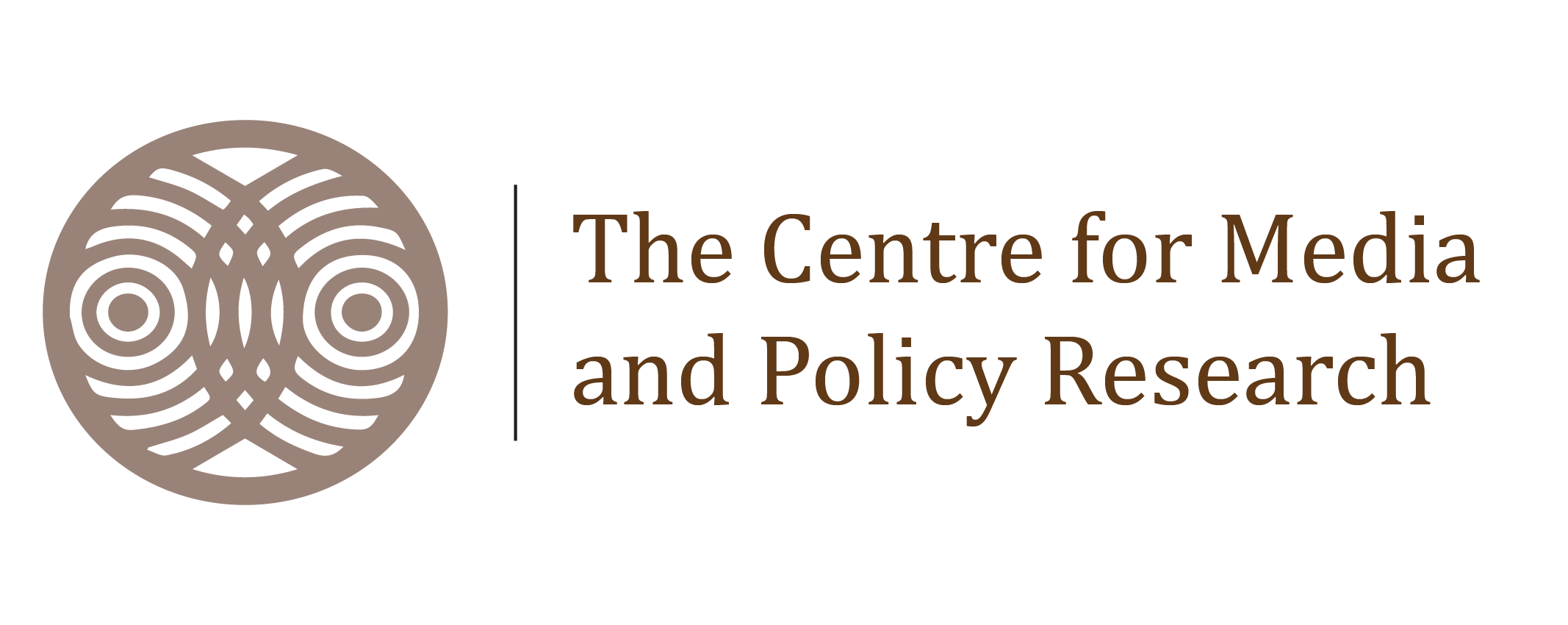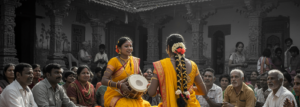In the ongoing war on Palestine, the wave of information has become a central arena for competing narratives, as the translations of posts, hashtags, and memes hold a role in shaping global perceptions of the injustices. As the conflict still unfolds, misinformation and propaganda are often disseminated across linguistic boundaries, with strategic translation practices usually employed by different groups and governments, mainly to control the narrative. Western media outlets, particularly those with a pro-Israel stance, highlight themes of security and defense, while other outlets in the Middle East frame the conflict in terms of resistance and occupation. These divergent translations contribute to the polarization of the global audience. Translations, therefore, become not just a linguistic process, but an instrument of ideological positioning, organizing how the international community acts, while influencing political alignments on a wider scale.
Cultural Resonance in Literary Translation
Mark Twain’s Adventures of Huckleberry Finn transcended its American context to become a global commentary on oppression, inequality, and moral conflicts of a systemic nature. With Huck’s moral awakening and Jim’s journey toward freedom at the center, there is an interrogation of constructs of race, liberty, and justice that resonate with marginalized communities worldwide, including India, where parallels can be drawn to caste-based discrimination. The Hindi translations, however, frequently condense the novel to an adventure narrative, omitting critical socio-political dimensions. Sidelining emotional depth, moral dilemmas, and the broader critique of slavery, it erases the transformative potential of the literature. This hampers the text’s ability to dialogue with young Indians, leaving significant educational opportunities unexplored.
Cover of the Bengali translation of Mark Twain’s The Adventures of Huckleberry Finn, showcasing the cultural adaptation of a literary classic.
Here, the linguistic multiplicity of Indian regional languages can be put to life, mirroring the contrasting social identities of Twain’s characters, where characters like the Duke and Dauphin, for example, might speak in exaggerated, anglicized Hindi to accentuate their pretentiousness. For a holistic adaptation of foreign works of art, supplementary materials could be reviewed to explain historical and cultural contexts, including slavery, Reconstruction, and equivalents to oppression in India. Moreover, incorporating the novel into educational curricula with situationally relevant discussions on democracy, equality, and systemic oppression could maximize its instructional value. Creative adaptations, such as graphic novels or interactive classroom activities, may further engage young readers while retaining the narrative’s complexity. (Sharma, 2021).
Poststructuralist Language Theory
Bankim Chandra Chattopadhyay’s novel Anandamath (1882), in another instance of translation, developed within the Bengali culture, Hindu religious traditions, and the socio-political air of colonial India, when translated into English, skipped the richness of its milieu. A careful omission of certain references to religious practices and nationalistic sentiments, for it might threaten the colonial authority. The famed poem Vande Mataram (from Anandamath), in its initial translations, depoliticized the strong anti-colonial tone to make it palatable for a Western audience, removed its revolutionary fervor, rendering it a more general patriotic anthem, consequently neutralizing its radical political demand.
Spivak (2021) highlights such acts of translation as a kind of “othering”, where peripheral voices and histories are silenced, and the dominant power structures dictate what is considered “legitimate” knowledge. The complex identities and experiences are suppressed (distorted), resulting in cultural violence, to make them conform to dominant societal norms. Suggesting advocacy in translation fields to resist simplification could be understood as a form of resistance to the pervasive influence of Western cultural hegemony, where language is not just a tool for communication but a vehicle for ideological control. So, literalism in translation becomes a method of unmasking the hidden dynamics of power. Spivak’s translation of Mahasweta Devi’s works, such as Stanadãyini, exemplifies her application of poststructuralist language theory where language, in itself, is unstable and multifaceted, moulded by historical and cultural forces. The concentration on the rhetorical disruptions within the original text maintains the cultural and political nuances, that might otherwise be lost in a more “acceptable” translation. Dialogue, in this way, becomes a site of untranslatable contradictions—where the meaning is always shifting, hardly ever fully captured by any singular language or cultural frame.
Translations in Social Media
Translators working in international media outlets face the complicated challenge of adapting messages to resonate with diverse audiences while maintaining the integrity of the original content. As highlighted by Chahbane et al. (2021), outlets like Al Jazeera and BBC Arabic employ distinct translation strategies to align with their respective cultural values and audience expectations. Al Jazeera’s independent editorial stance often embraces a direct approach to controversial issues, whereas the BBC, known for its impartiality, takes care to balance cultural nuances to maintain credibility. These translation choices shape public opinion, framing political events in ways that influence perceptions across different regions.
Balancing accessibility with cultural fidelity, a key challenge in translation, involves adapting local idioms or adjusting tone to better align with cultural sensitivities. However, media translation often prioritizes immediacy and accessibility due to the fast-paced nature of news reporting. Say, Twitter’s 280-character limit poses a significant challenge when translating concise languages like English into more verbose ones like German or Spanish. This requires creative rewording or adapting content to fit these platform-specific restrictions without losing the core message.
Additionally, each social media platform has its specific user expectations, and translators must ensure that the brand’s identity remains consistent while adaptive. Tweets that speak to news events are widely shared, with users appreciating humor that is sharp and to the point. In contrast, major audiences on Instagram engage more with visually appealing, longer-form content, including stories, reels, and images. Here, humor that focuses on lifestyle, personal experiences, or aesthetically curated visuals tends to perform better.
Translation, far from being a neutral act, operates as a site of negotiation and contestation, developing narratives that either perpetuate hegemonic structures or challenge systems of oppression. In the literary domain, strategies must resist the commodification of texts, incorporating supplementary materials and critical frameworks that foreground socio-political contexts, thereby initiating a dialogue that evaluates the dominant beliefs. For media and social platforms, where immediacy overrides specificity, the necessity is to deploy practices that disrupt propagandist narratives, adapt cultural idioms with precision, and amplify marginalized perspectives at hand. Advocating for transparency, inclusivity, and the deliberate destabilization of colonial and imperialist paradigms, such an approach transforms translation into a praxis of resistance, creating emancipatory cross-cultural solidarity.
References
- Chahbane, K., Chahbane, M., & Zrizi, H. (2024). Translation of media discourse: Approaches and strategies. International Journal of Translation and Interpretation Studies, 4(1), 24–32. https://doi.org/10.32996/ijtis.2024.4.1.4
- Sharma, S. (2021). Mark Twain: Huck’s adventures in India: Cultural conversation in select Hindi adaptations. Journal of Transnational American Studies, 12(1). https://doi.org/10.5070/T812255983 Spivak, G. C. (2021). The politics of translation. In L. Venuti (Ed.), The translation studies reader (4th ed., pp. 19). Routledge. https://doi.org/10.4324/9780429280641
Author: Aparna Verma
Read more…






